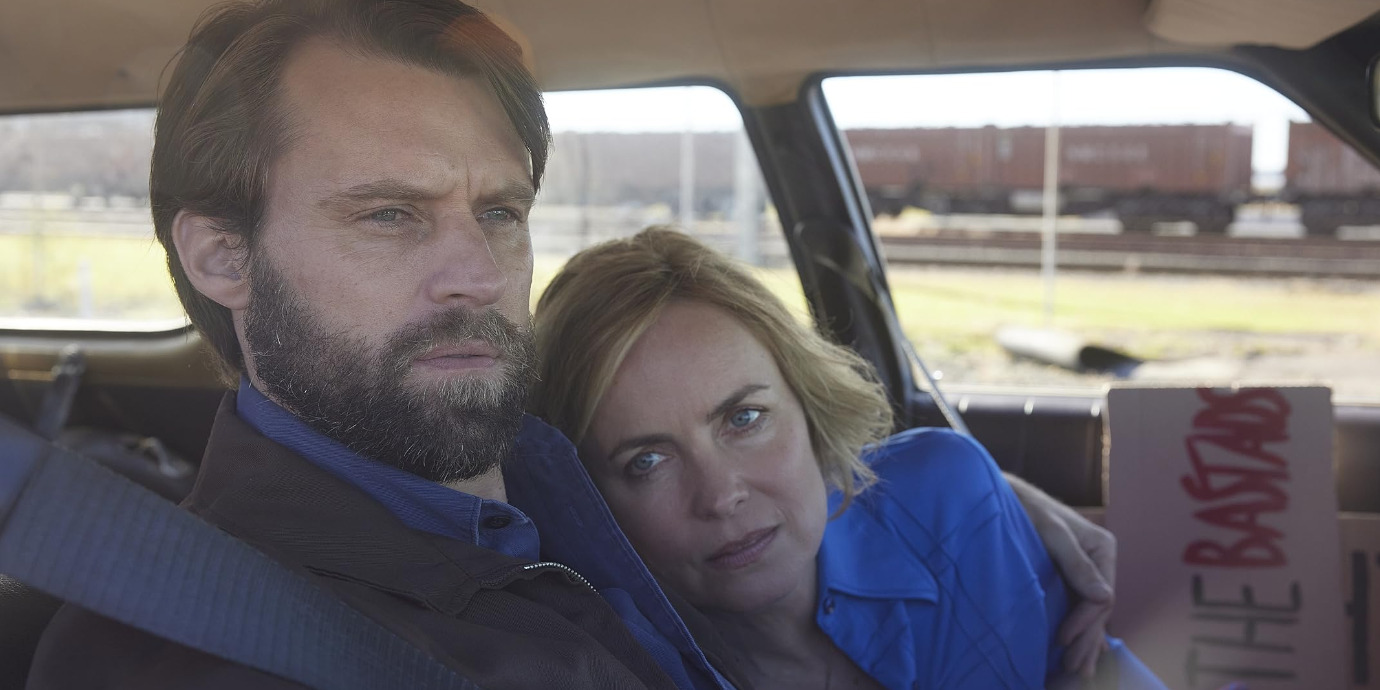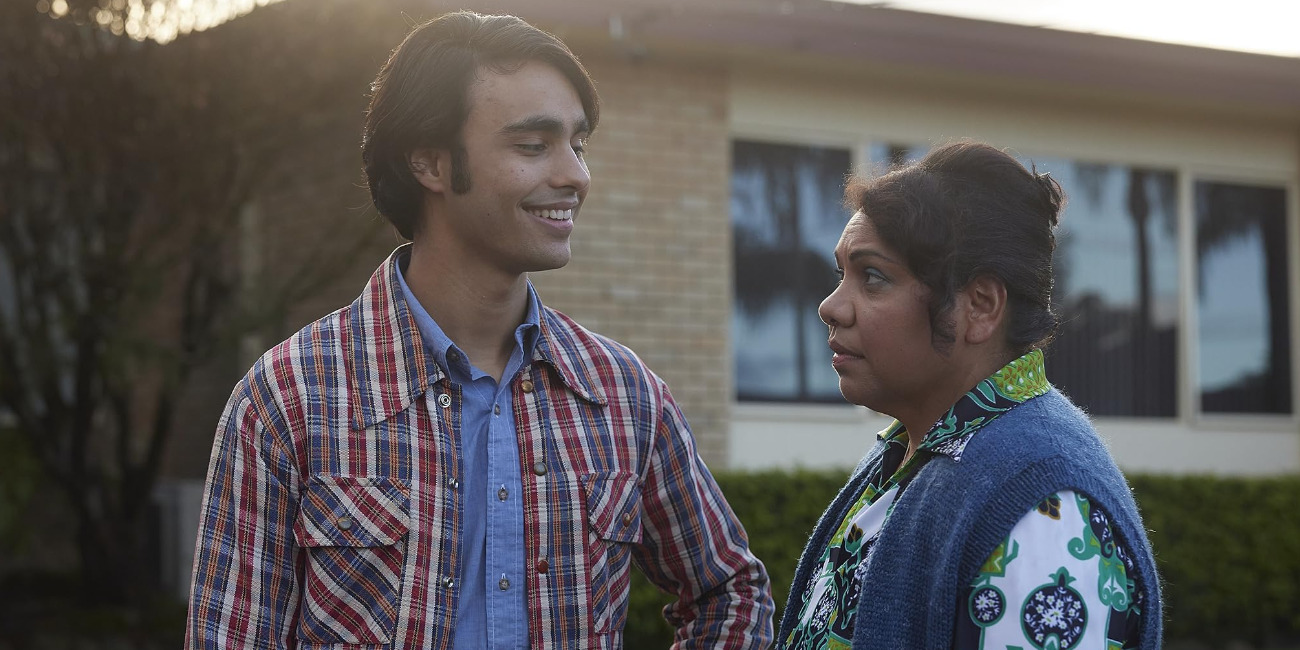David Chidlow’s Disney+ show ‘Last Days of the Space Age’ takes the viewers back to the year 1979, when some big news hit the coast of Western Australia. For the residents of Perth, the summer promised to be defined by the Miss Universe pageant unfolding in town. However, a strike at the local power plant consistently steeps the locality into darkness, creating complications. Yet, somehow, an even bigger event occurs in the small suburban town when Skylab, the American space station, threatens to crash into the Indian Ocean right outside the city. Consequently, multiple suburban Australian families become witnesses to their city’s transformation into a hub for international attention.
The Bissett family, in particular, remains connected to the center of the rapid changes in town as Judy and her husband, Tony, stand on opposing sides of the power plant’s picket line. Simultaneously, their daughter, Tilly, dreams of becoming an astronaut while her uncle, Mick, cozies up to the USSR contestant, Svetlana Kulkova. Therefore, the show effectively employs a significant cultural event as the backdrop to a compelling small-town drama ripe with socially relevant themes of racism, homophobia, workers’ rights, and the feminist movement, which give it a realistic touch.
Last Days of the Space Age Centers Around a Historical Event
The ties between ‘Last Days of the Space Age’ and reality remain intricate and fascinating since the show picks a well-known historical event as the nucleus behind its base premise. Through the lens of three different families with different life experiences, the show sets out to present a drama that reflects the reality of the Western Australian suburbs in the late 1970s. The story’s period setting influences the characters and their narratives significantly, as it ends up doing most of the heavy lifting when it comes to world-building. As a result, several real-life cultural headlines from 1979 become the base of numerous storylines throughout the show.

Still, the Skylab space station crash remains the most notable event that shapes the show’s narrative in significant ways. Therefore, the reality of the space station’s Earth-bound crash paves the way for the real-life connection behind ‘Last Days of the Space Age.’ In reality, in the late 1970s, NASA realized that due to the Sun’s increased energy radiation, its space station, Skylab, was about to make an unplanned return to the Earth’s atmosphere. The crew in NASA was expecting the station to crash in Cape Town, South Africa, where the debris from the spacecraft would cause limited damage. However, unexpectedly, on July 11, 1979, Skylab ended up crashing in Western Australia.
Consequently, the less globally relevant areas of Western Australia entered massive worldwide cultural significance. In fact, in 2011, a space archeologist, Alice Gorman, emphasized the event’s relevancy to Australian socio-culture and wrote, “The social significance of Skylab came to outweigh its historic significance, and it passed into popular consciousness as a rare Australian space icon.” As such, by equipping the same at its narrative center to highlight the changing cultural dynamics in Western Australia, ‘Last Days of the Space Age’ evidently mines inspiration from reality.
Last Days of the Space Age Reflects the Era’s Rapidly Shifting Culture
Even though ‘Last Days of the Space Age’ maintains a basis in a major cultural event from Western Australia’s history, a lot of the show is actually a work of fiction. As such, while the setting and events happening around the central characters are inspired by real life, the characters themselves are not. Therefore, in most instances, such as the Bissett family, there aren’t real-life counterparts behind the on-screen characters. Even so, the show grounds such characters in reality despite their fictional origins. In order to do so, the narrative heavily leans into the cultural identity of 1979 and highlights socially relevant storylines.

For instance, Judy and her daughters, Tilly and Mia, maintain a connection to the reality of the late 1970s by engaging with feminist plot lines that remain reminiscent of the time period’s rising women’s rights movement. Likewise, Judy and Tony’s connection to the labor movement reflects the reality of the union protests unfolding in Western Africa during the time. Similarly, characters like Eileen and Lam highlight the racially relevant Aboriginal and immigrant experiences. Therefore, by bringing these storylines to the front, the show delves into the socio-political reality of the late 1970s as it explores the international implications of Skylab’s crash.

As such, even though these characters aren’t based on real-life individuals, their experiences remain reflective of era-appropriate social issues and instances. On the other hand, the show further authenticates its situation in the historically relevant year of 1979 by carefully constructing the world around these characters. From wardrobe and technology to cultural references—including the central Miss Universe pageant held in Perth—the show consistently emulates the late 1970s. Thus, the partially fictionalized tale of ‘Last Days of the Space Age’ cements its ties to reality.
Read More: Disney+’s Last Days of the Space Age: Exploring All Filming Locations


You must be logged in to post a comment.